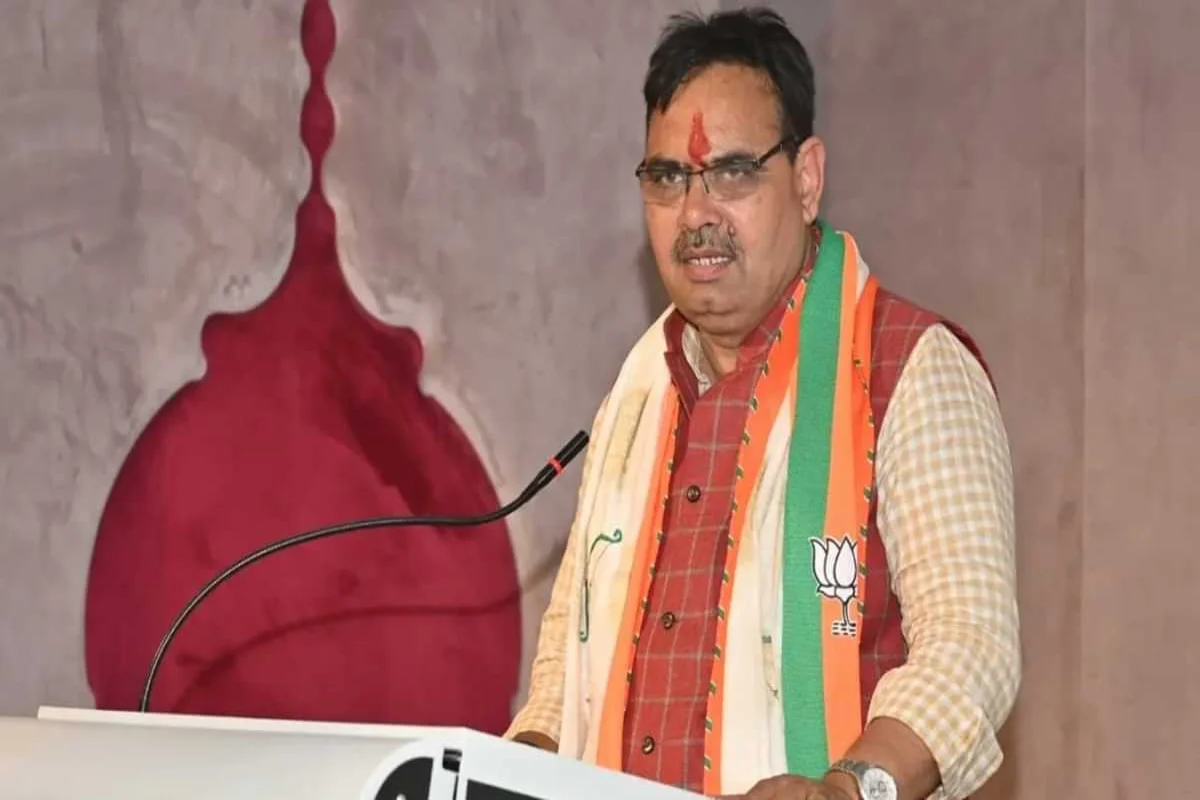Rajasthan News: Indian Railways is rapidly advancing its Mission Raftaar project to enhance train speeds on the New Delhi-Mumbai route, particularly on the 545-kilometer stretch between Nagda and Mathura. Under the Western Central Railway’s Kota division, the project is being overseen by the DRM Kota and the Chief Project Manager of the Gati Shakti Unit. As part of this initiative, the railways are upgrading tracks and laying new lines, allowing trains to eventually operate at speeds of up to 160 km/h. The project, which is expected to be completed by December 2024 or January 2025, aims to reduce travel time significantly.
Delhi-Mumbai Travel to be Reduced to 10 Hours
Currently, the maximum speed on this track is 130 km/h, with trains covering the Nagda-Mathura distance in 4 hours and 20 minutes. Upon completion, however, trains will be able to reach speeds of 160 km/h, reducing travel time to just 3 hours and 40 minutes. The faster route is expected to shorten travel between Delhi and Mumbai to approximately 10 hours, benefiting both passenger and freight trains, with the latter also anticipated to run at higher speeds.
Strategic Division of Project into Three Sections
The project work on the Nagda-Mathura section has been divided into three parts: Mathura-Gangapur City (152 km), Gangapur City-Kota (172 km), and Kota-Nagda (221 km). Around 91% of the overall project work is complete, and 96% of the cattle-proof fencing along the line has been installed. Departments like Electrical, Signal and Telecommunication, and Engineering are working collaboratively to meet the project’s ambitious timeline.
Benefits for Key Routes and Stations
Once completed, the project will benefit numerous long-distance trains, including superfast and Rajdhani services between Delhi, Mumbai, Madhya Pradesh, Gujarat, and South India. Key stations along the route, including Bharatpur, Sawai Madhopur, Kota, and Nagda, are expected to see significant reductions in travel times, benefiting passengers and improving connectivity.
Keep watching our YouTube Channel ‘DNP INDIA’. Also, please subscribe and follow us on FACEBOOK, INSTAGRAM, and TWITTER













Discussion about this post